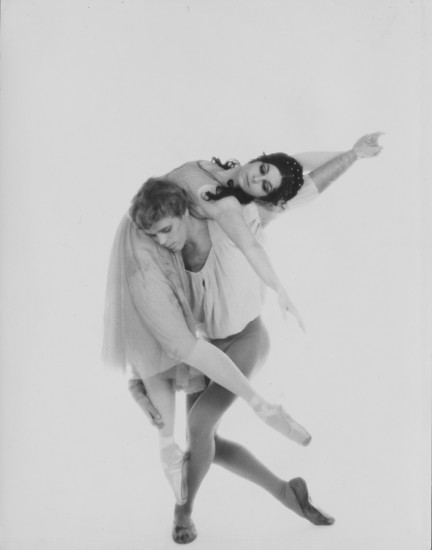Creativity and the creative process have always been a chaotic, troublesome, gloriously messy business, and creative people are very often quite a handful. It’s not difficult to see why it might seem easier for ballet companies to keep creativity to a minimum and emphasise practicality and efficiency.
“At present turn-out is regarded as a position of the legs and feet. A Noun. Whereas turning out is an action the entire body undertakes at every moment of movement. A verb.”
“In the 1950’s Dame Ninette [de Valois] came back from Russia excited by the concept of épaulement which involves the contrary movement of the shoulders to the hips and is part and parcel of the entire spiraling process that involves turning out. It was misinterpreted as a static position and fell out of use when she was no longer there to insist on it. The concept of turning out was, I believe inspired by the architecture and dimensions of the proscenium arch and the trompe l’oeil effects of the décor. It quickly became clear that it promoted plasticity and speed, balance and expressive movement among a myriad of other qualities. Turning out and the use of fifth position are the holy grail of the dynamics of balletic technique.”
“At present the accepted idea of foot usage involves completely articulating the flexing (letting go) each little joint of toe and metatarsal between each tendu (pointe or contraction). This doesn’t make any dynamic sense and is counterproductive. There must be no “letting go”, otherwise the feet will be weak and injury prone, and movement will be sluggish and very noisy – an absolute no-no in my books.”
– Lynn Seymour, “Notes for the Future”, in the April 2012 issue of Dancing Times.






Thanks for the quotes. They’re very insightful and since I don’t read Dancing Times I would have missed this entirely !